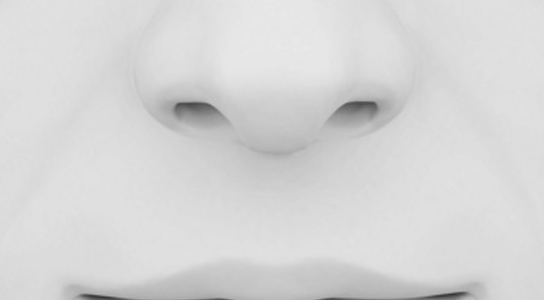Complex Mixtures of Odors Tend to Smell Alike
November 20, 2012

CREDIT: MrGarry, Shutterstock
Olfactory white is to smells what white noise is to sounds. To noses, it’s neither pleasant nor foul-smelling. Researchers came up with this smell during olfactory experiments.
The scientists published their findings in the journal Proceedings of the National Academy of Sciences. The experiments mixed aroma molecules from across the scent spectrum. When two mixtures had no components in common, they tended to have a similar scent as more aromas were added. By the time they contained around 30 components, the mixtures smelled alike and could even mask other, more distinctive smells.
Olfactory white is unlikely to occur naturally, but has parallels with white light and white noise. These are produced by combining the wavelengths of the visible spectrum, in the case of white light, and the different sound frequencies, in the case of white noise.
Noses contain hundreds of different odor receptors, so this phenomenon is slightly counterintuitive. One could imagine that the more odors were added, the more special the resulting odor would become, states Noam Sobel, a neuroscientist at the Weizmann Institute of Science in Rehovot, Israel, and lead author of the study.
Sobel and his colleagues selected 86 single-molecule odorants, which were representative of the known scent spectrum, and diluted them to the same perceived intensity. They assembled 191 pairs of non-overlapping aroma mixtures, each containing up to 43 of the molecules, which were spaced out over the olfactory spectrum. 56 volunteers were asked to rate the similarity of the pairs.
The results indicate that the more components each of the mixtures contained, the more alike they smelled. At 20 components, the mixtures started to smell similar. By 30, they were highly similar. This showed a trend that there is an end point of perceptual convergence, olfactory white.
In another experiment, a different series of 40-component mixtures named laurax were generated. Study participants were familiarized with one of them. When smelling odorant mixtures they hadn’t been exposed to before, volunteers were more likely to identify the scent as luarax if a mixture contained 20 or more components. They applied the laurax label to 40-component mixtures 58% of the time. A follow-up confirmed that most participants could still identify the laurax smell six months later.
Olfactory white, just like the color white, comes in different shades, which are all still identifiable as white. Unlike light and sound, the full extent of olfactory space hasn’t yet been identified. This could mean that its true smell is likely to be different from the white that the study has identified. It has shown how the olfactory system deals with mixtures and could imply that the olfactory system doesn’t detect individual molecules, but odors as a whole.
Olfactory white could have real-world applications. A further experiment by Sobel and his team showed that when the four molecules key to the smell of rose were combined with an olfactory white mixture, the rose smell was effectively obscured, showing that olfactory white could be used to mask odors, from the smell of public toilets to that of cocaine or explosives.
No comments:
Post a Comment